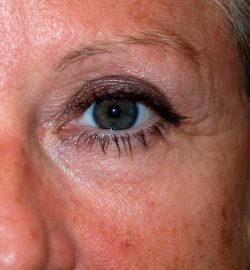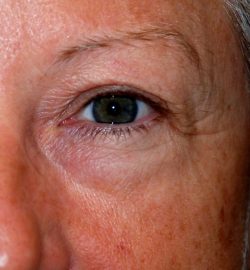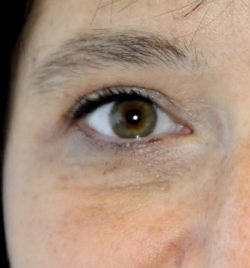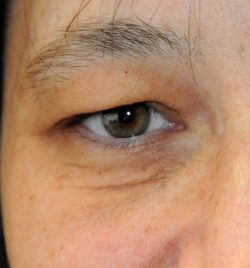FACE
Eyelids
Eyelids’ correction is called Blepharoplasty.




Description
Regarding upper eyelids, the aim is to diminish the eyelid’s weight and to move the skin fold up. Results are natural and give a dynamic look to the patient.
The scar is invisible since it is placed in the skin fold of the eye.
Results are amazing and the surgical operation is not heavy at all.
Regarding lower eyelids, the aim is to correct shadows and puffiness, and to tighten the skin under the eyes. The scar is placed right under the eyelashes, making it very difficult to spot!
In practical terms
Before the surgery:
The patient schedules an appointment with the surgeon to find out about the patient’s requests. The surgeon also provides pre-operative assessment and care.
It is recommended not to smoke 30 days before the surgery and not to take any medication containing aspirin or anti-inflammatory 10 days before.
It is also important not have any make-up on for the surgery.
During the surgery:
Upper and lower Blepharoplasty are performed under local anaesthesia, with an optional sedative.
Hypnosedation with an anaestetist is also an option if the patient wishes.
Both eyelids are often operated on at the same time, and may even be combined with a face lift in certain cases. Lower eyelid surgery is more complex and takes longer than the upper eyelid surgery.
After the surgery:
The patient rests for 2 hours (or longer) with bandages on their eyes in order to reduce the post-surgery swelling.
They can go back to a normal life after 8 to 10 days.
The final result can take around 2 to 6 months (dynamic look and flexible eyelids).
FAQ
For how long am I visible?
It depends on each person. It can take 7 to 10 days for the result to be fully visible.
For how long do we keep the wires (stitches)?
They are usually removed a week after the surgery.
Is it painful?
No, it is not. The effects of the local anaesthesia last long enough to make the recovery progressive. Patients usually need a painkiller the first night only.
May I drive right after the surgery?
No, you may not drive are your vision is blurred and because the effects of sedatives reduce reflexes.

